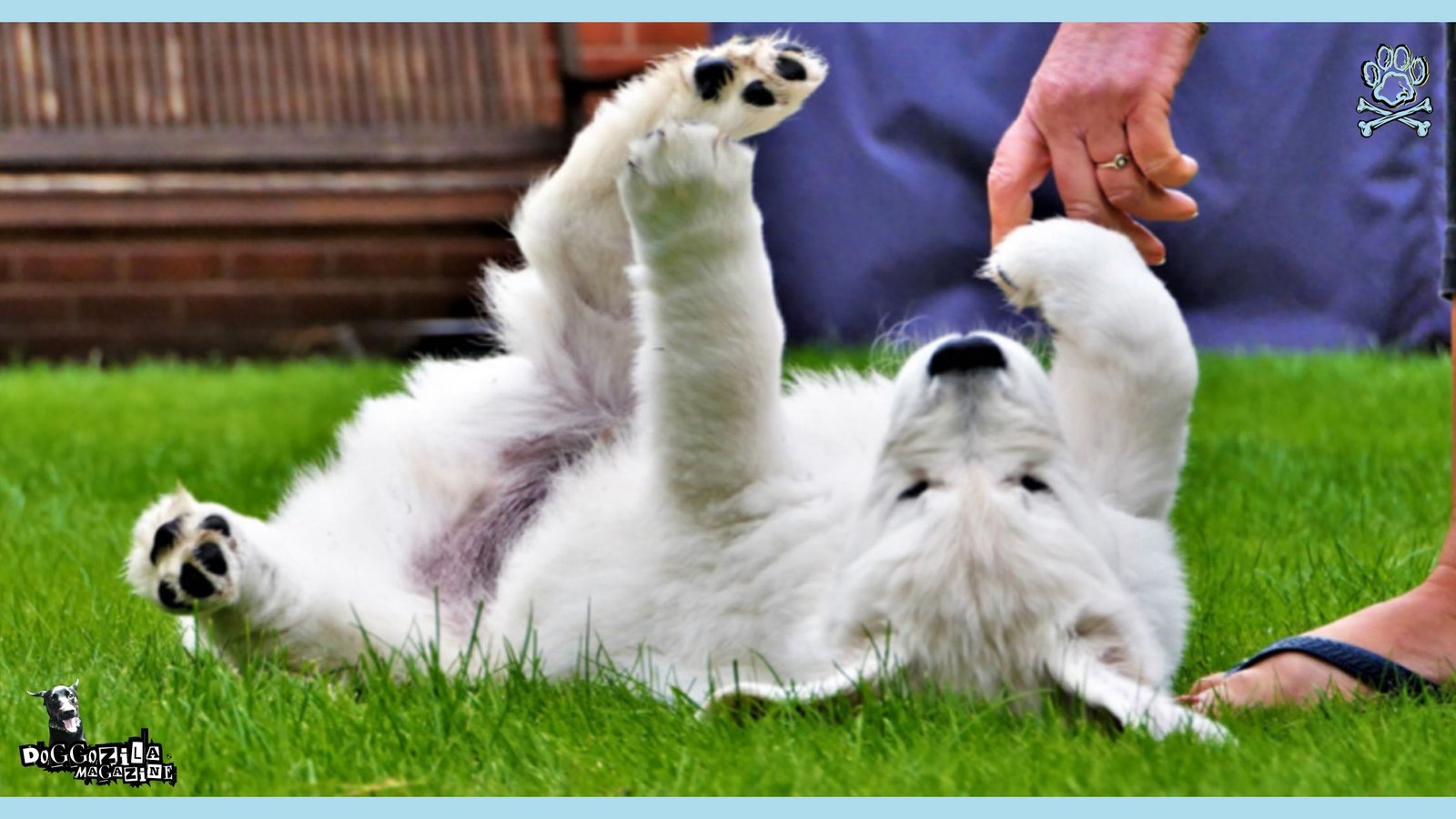Many dog owners often ask themself, are dogs ticklish? Well, dog ticklishness refers to the range of sensitivities dogs exhibit in response to various types of physical touch. When we think about ticklishness in humans, it usually involves a light touch that elicits laughter or a giggly response. Similarly, some dogs display notable reactions when specific areas of their bodies are touched lightly. This sensitivity is influenced by a dog’s physiology and their individual personality traits.

THE TICKLISH TRUTH ABOUT DOGS
The skin of dogs contains a high density of nerve endings, making certain areas particularly sensitive. Commonly ticklish zones include the belly, paws, and under the chin. When these areas are stimulated by light touches—like gentle scratching or caressing—dogs may respond with playful wriggling, vocalizations, or an inclination to engage more in their surroundings. On the other hand, firmer pressure may evoke different responses. While some dogs might enjoy it, others may feel uncomfortable or anxious, leading to a retreat or alteration in behavior.
Understanding Dog Ticklishness
Understanding dog ticklishness also requires acknowledging that not all dogs are the same. Factors such as breed, age, and temperament can contribute to the degree of sensitivity. For instance, certain breeds, like Retrievers and Terriers, may exhibit more pronounced ticklish behaviors. While others may not respond in the same way.
Furthermore, it is essential to consider that past experiences play a role. If a dog that has been trained positively to enjoy touch may react joyfully. So, remember that another that has faced negative encounters may be more guarded.
Bear in mind that observing your dog’s responses can offer insights into their comfort zones. Hence, tuning in to their reactions during touch can enhance the bond between dogs and their owners. That way you are fostering a deeper understanding of their unique sensitivities.
🔑 Key Points: Dogs are ticklish. Commonly ticklish zones include the belly, paws, and under the chin. Not all dogs are the same, so you should be careful when approach dogs.

WHERE ARE DOGS MOST TICKLISH?
Understanding dog sensitivity often leads to fascinating discoveries about the areas of a dog’s body that elicit the most ticklish responses. While each dog varies individually, certain spots are commonly recognized as ticklish by dog owners and enthusiasts alike. These spots typically include the belly, paws, ears, and armpits.
Observing Common Ticklish Areas in Dogs
The belly is perhaps the most well-known ticklish area on dogs. When a dog lies on its back, exposing its belly, it may be inviting gentle touches or scratches. This area is particularly sensitive due to the lack of fur and the presence of thin skin. Dogs often enjoy belly rubs, which can elicit joyous reactions, including wiggling and playful rolling. The reason for this sensitivity may stem from instinctual reactions, as a vulnerable position can provoke a dog’s primal instincts to check for predators.
Another common ticklish spot is the dog’s paws. The paws contain sensitive nerve endings that can react positively to gentle touch or stimulation. Many dogs will instinctively withdraw their paws or shake them when touched in this area, indicating a ticklish response. This can also be tied to their natural instinct for defense, making their paws react swiftly to any perceived threat.
Furthermore, dogs often exhibit ticklish reactions in their ears. The ears are not only delicate but are also filled with sensitive nerve endings. They react well to gentle caress or scratching. A dog may lean into the touch, revealing both enjoyment and sensitivity simultaneously. Armpits, located beneath the front legs, are similarly ticklish. This area is frequently overlooked yet contains a network of sensitive skin. Dog owners have found this area to elicit playful responses, making it a delightful spot for bonding interactions.
In observing these common ticklish areas, one can appreciate the nuances of dog physiology and behavior. This way dog owners are enriching their relationship with their furry companions.
Is It Okay to Tickle Your Dog?
Tickling dogs can be a delightful way for owners to bond with their pets. It is essential to approach this activity with caution and awareness. Not all dogs react positively to tickling, and understanding canine sensitivity is crucial. Dogs, like humans, exhibit a range of personalities, and their reactions to being tickled can vary greatly. While some dogs may enjoy the playful sensation and engage in happier behaviors, others might feel uncomfortable or even stressed.
Observing your dog’s body language is vital when considering whether to tickle them. Signs that a dog is enjoying the tickling experience include wagging tails, relaxed posture, playful barks, and leaning into the touch. In contrast, if a dog exhibits signs of stress, such as stiffening their body, attempting to move away, growling, or showing their teeth, it is essential to stop immediately. Recognizing these signals can help ensure that the interaction remains fun and enjoyable for both the pet and the owner.
How Dogs React When You Tickle Them?
The way in which you approach tickling your dog can also influence their reaction. Gentle, light touches in areas where many dogs enjoy being petted. Usually at the chest, belly, or behind the ears, can create a positive experience.
However, it’s advisable to avoid areas that might be sensitive or uncomfortable for them, such as their paws or tail. Building trust and a bond with your dog through positive reinforcement will create a comfortable environment for these playful interactions.
Ultimately, tickling can be a fun experience. It should always be done with consideration of the dog’s feelings and comfort level. Engaging in tickling while being mindful of your dog’s personality will help maintain a loving and enjoyable relationship.
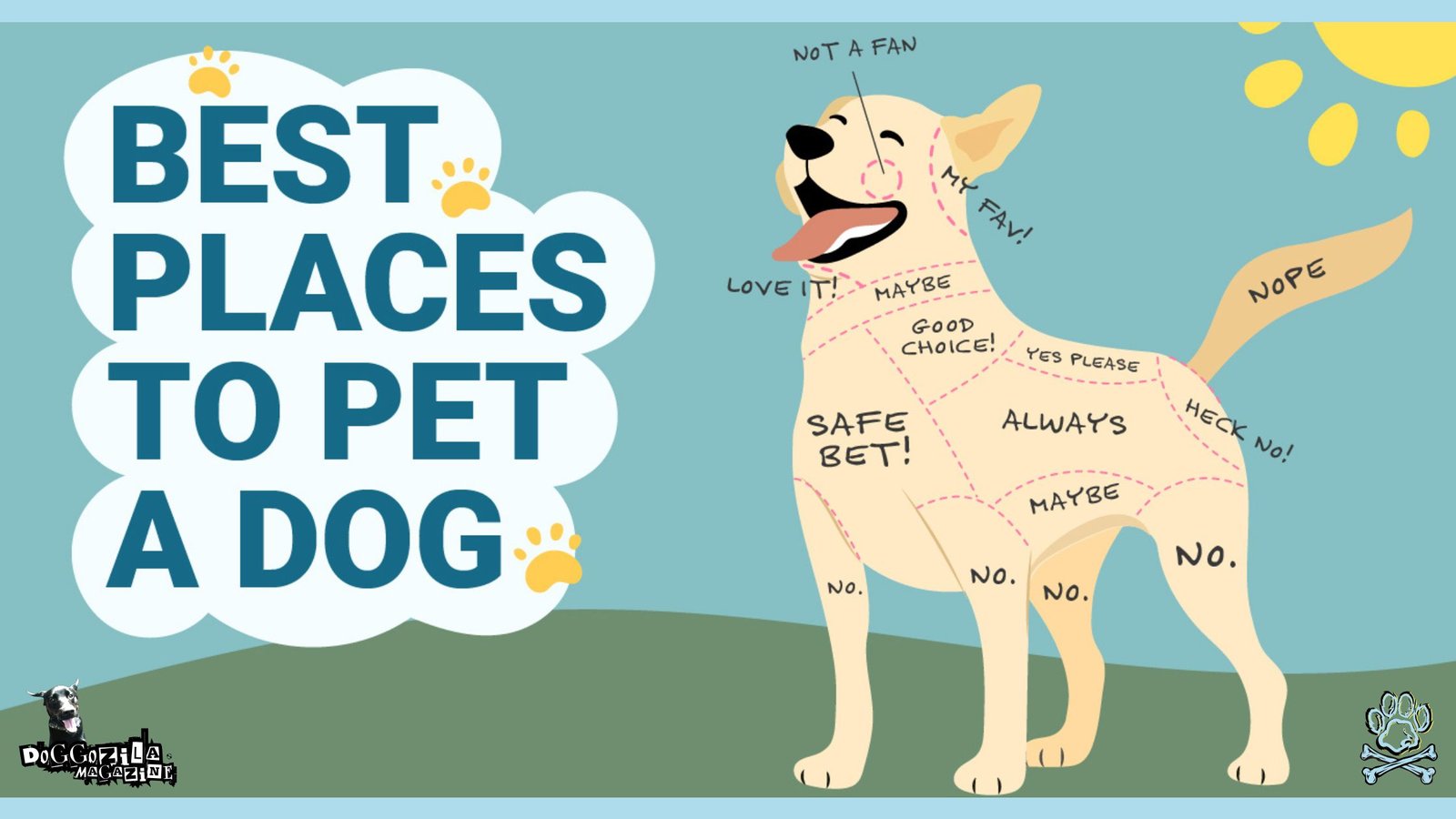
🔑 Key Points: The belly is perhaps the most well-known ticklish area on dogs. Another common ticklish spot is the dog’s paws. Dogs often exhibit ticklish reactions in their ears.

DO DOGS LAUGH WHEN TICKLED?
The idea of laughter in dogs, particularly in response to being tickled, has intrigued pet owners and researchers alike. Dogs do not express laughter in the same way humans do. They exhibit a variety of behaviors and vocalizations that can be interpreted as signs of joy or excitement. Upon tickling, a dog may respond with specific sounds, such as panting, playful barking, or even a combination of both. Which can be likened to a form of laughter.
Sensations Elicited During Tickling Can Enhance Feelings of Joy
Research in animal behavior has revealed that dogs communicate a range of emotions through their vocalizations. For instance, when a dog is engaged in a playful scenario, the quick panting sounds often serve a dual purpose. They indicate not just happiness but also serve as an invitation for further interaction.
This playful vocalization, particularly when paired with other body language cues—such as wagging tails and relaxed postures—indicates that the dog is enjoying the experience. Some studies suggest that these sounds may share similarities with the rhythm of human laughter. So this further supports the idea that dogs have their own version of laughter.
Moreover, dogs are known to respond to positive stimuli in ways that signify their emotional state. A dog’s reaction to tickling can be indicative of its comfort and trust in the person providing the interaction. The sensations elicited during tickling can enhance feelings of joy. Eliciting behaviors such as rolling over or nuzzling closer to the person.
Therefore, while dogs may not laugh in the traditional sense, their reactions when tickled speak volumes about their emotional well-being and joy. Observing these behaviors can enhance our understanding of canine emotions and strengthen the bond we share with our furry companions.
Are Dogs’ Armpits Ticklish?
The sensitivity of a dog’s armpits is an intriguing aspect of dog behavior that often garners the attention of dog owners. This particular area, is also known as the axillary region. It contains a cluster of nerves and muscles that may contribute to a dog’s sensitivity when touched or tickled. Dog owners frequently report varied reactions when their pets are gently stimulated in this region. Usually ranging from playful squirming to delighted yelps, suggesting an inherent ticklishness.
Dogs Have Heightened Sensitivity in Their Armpits
One anatomical feature to consider is the presence of numerous nerve endings in a dog’s armpits. These nerve endings serve as crucial communication points for the dog’s sensory system, making them more responsive to touch. When a dog feels pressure or unexpected stimulation in this area, it may trigger a reflexive reaction, reinforcing the perception of ticklishness.
Moreover, the armpits are fur-covered, adding to the unique sensation experienced during tactile interactions. The combination of these factors helps explain why many dogs exhibit a heightened sensitivity when their armpits are playfully touched.
How Dogs Respond When Being Tickled?
Owners often share delightful anecdotes of their dogs exhibiting joy or playful exuberance when their armpits are gently scratched or tickled. For instance, a Labrador Retriever may respond with an array of happy barks and tail wags. While a Chihuahua might generate a soft giggle, conveying its approval.
These interactions not only reflect the physical sensitivities but also highlight the emotional bonds between dogs and their owners. The mutual enjoyment during these moments fosters a positive relationship, enhancing the overall experience for both parties involved.
The ticklishness observed in a dog’s armpits can be attributed to a combination of anatomical features. This is known to be a dog’s unique sensory perception. Understanding this aspect of dog physiology can help pet owners engage more thoughtfully with their furry companions. This can lead to enriching interactions and stronger connections.
🔑 Key Points: Upon tickling, a dog may respond with specific sounds, such as panting, playful barking, or even a combination of both. While dogs may not laugh in the traditional sense, their reactions when tickled speak volumes about their emotional well-being and joy.
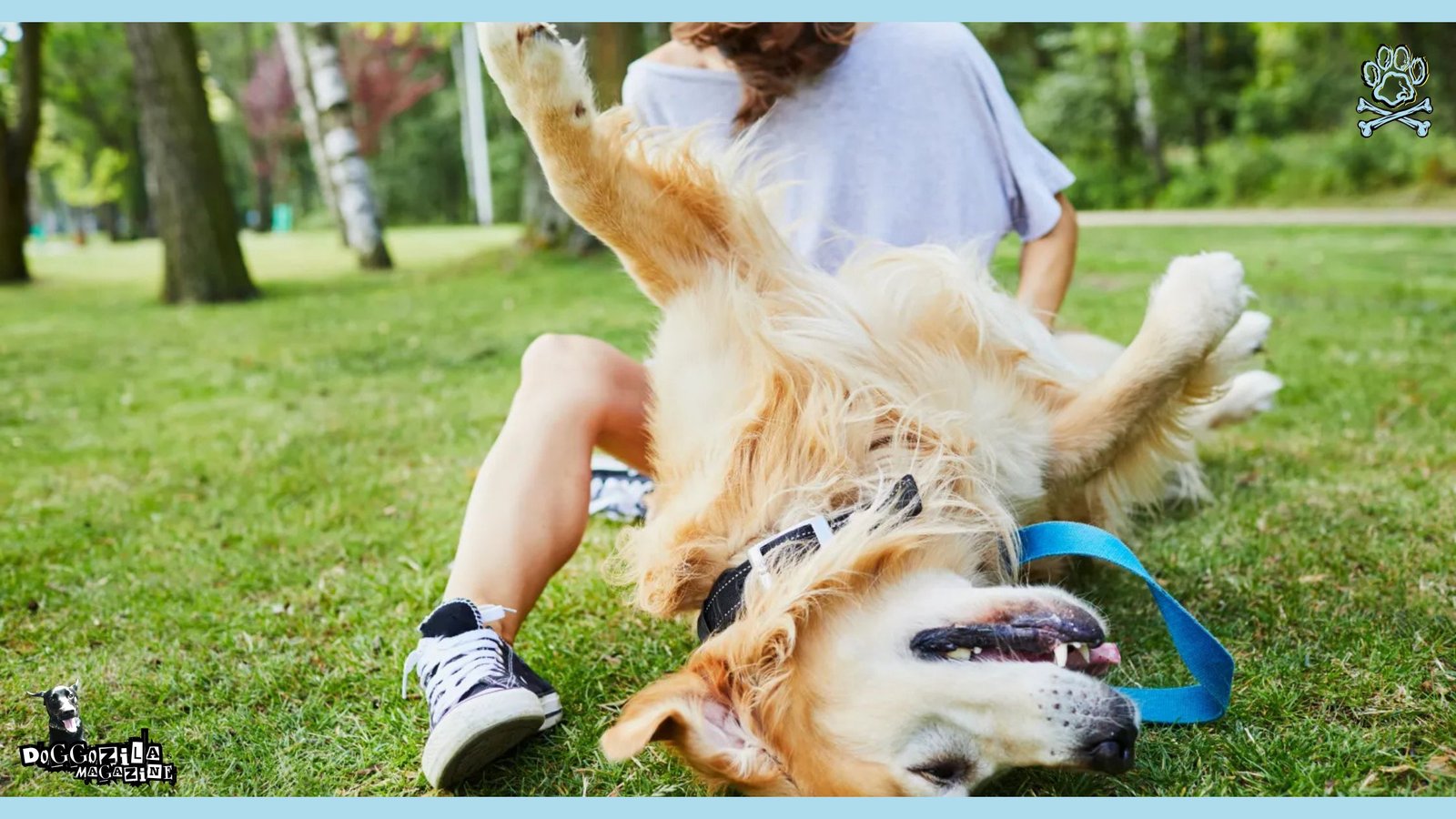
DO DOGS HATE TICKLES OR BEING TICKLISH?
While many dog owners may enjoy the playful act of tickling their pets, it is essential to recognize that not all dogs respond positively to such interactions. Indicators of discomfort can manifest in various forms. Understanding dog body language is crucial in assessing a dog’s feelings towards tickling.
How To Recognize if Your Dog Don’t Like Being Ticked
Symptoms of aversion may include pulling away from the person, twitching, or even growling. These behaviors indicate that a dog may feel threatened or uncomfortable rather than enjoying the playful touch. When a dog pulls away or turns its body to avoid contact, it serves as a clear signal of discontent. This behavior often illustrates that the tickling may be perceived as invasive or overstimulating.
Similarly, twitching or sudden movements can signify agitation or annoyance. A dog may also growl or bark as a means of communication, expressing its desire for the interaction to cease. It is vital to pay close attention to these signals. Ignoring them can lead to stress or anxiety in the dog.
Be Attuned to Your Dog’s Cues
Aside from these physical responses, dog’s facial expressions contribute significantly to understanding their feelings about touch. Dogs may exhibit tightly closed eyes, flattened ears, or a tense body posture when they are not enjoying an interaction. In contrast, a relaxed and open expression can indicate that a dog is comfortable and engaged.
Owners should be mindful of their dog’s unique sensitivities and preferences when it comes to touch and play. By being attuned to these cues and respecting a dog’s boundaries. That way dog owners can foster a more trusting and harmonious relationship with their canine companions.
🔑 Key Points: Understanding dog body language is crucial in assessing a dog’s feelings towards tickling. Symptoms of aversion may include pulling away from the person, twitching, or even growling. You should pay attention closely.
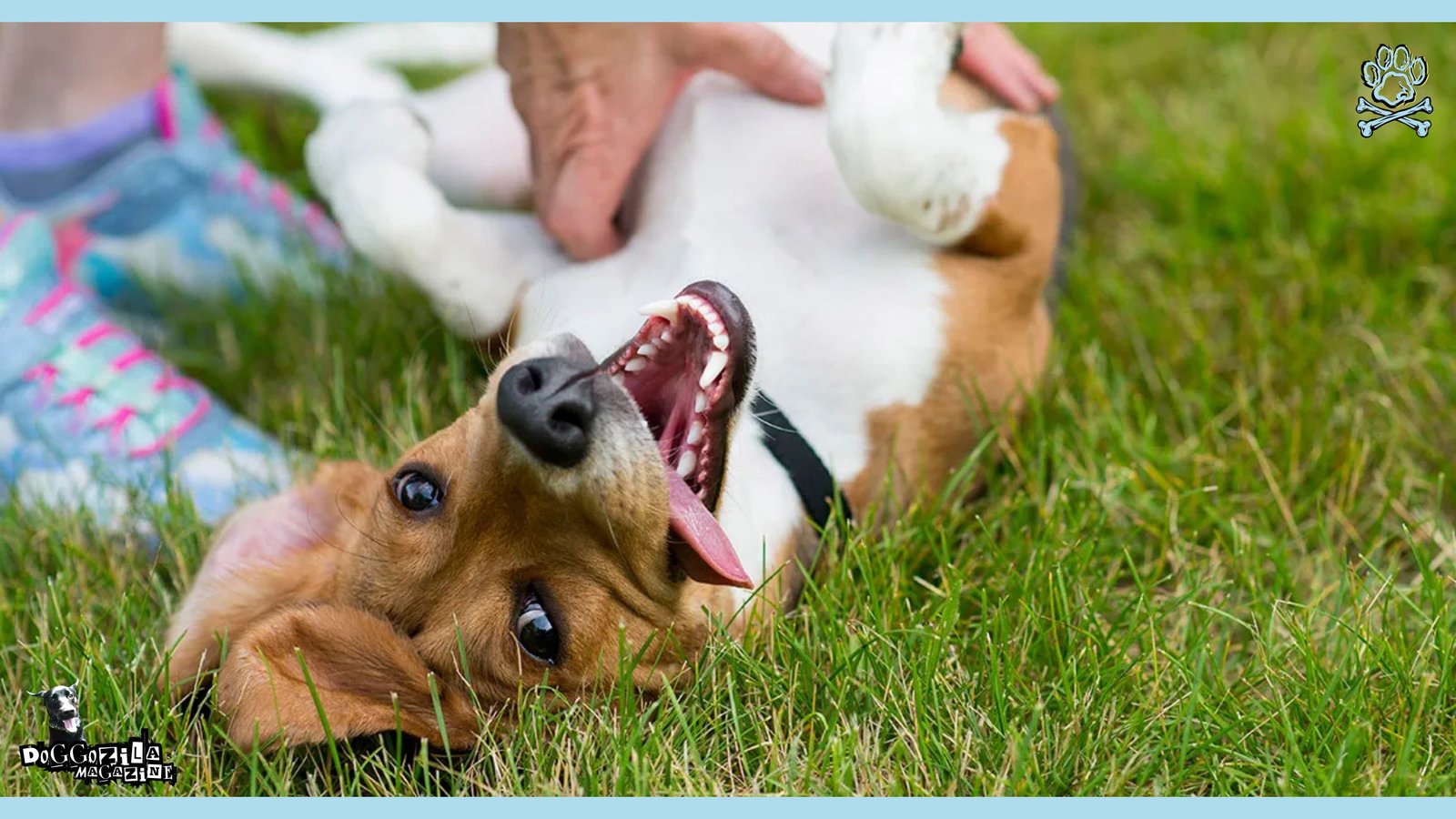
IS IT OKAY TO TICKLE A DOG? UNDERSTANDING DOG COMFORT
As pet parents, we often find ourselves caught in a dilemma when interacting with our furry friends. One question that frequently pops up is: is it okay to tickle a dog? Many dog owners have differing opinions on this playful gesture, and it’s essential to navigate this topic carefully.
Tickling Ticklish Dogs: A Playful Touch?
Before you decide to engage in a tickling spree, take a moment to observe your pup’s body language. Dogs communicate their feelings through their postures, barks, and movements, much like humans do. If your dog is wagging their tail and seems relaxed, they may enjoy a friendly tickle. On the other paw, if they lean away or display signs of discomfort, such as a stiff body or lowered ears, it’s best to steer clear of tickling them.
When Ticklish Dogs Could be Fun
In the right context, tickling a dog can be a delightful way to bond. Many dogs love a gentle scratch under the chin or behind the ears. These spots often elicit happy responses and can be a great substitution for traditional tickling. Just imagine sharing a moment of laughter with your dog, watching their playful antics as they enjoy the affection. Remember, every dog has a unique personality, and finding what they love is part of the fun.
However, it’s crucial to remain attentive. Some dogs are very sensitive and may react unexpectedly to what you think is light-hearted fun. Always prioritize your dog’s comfort and safety over your amusement. If your dog shows any signs of discomfort, it’s best to withdraw and find other ways to engage with them, such as playing fetch or going for a walk.
Creating a Safe Space for Interaction
To ensure that tickling (or any other form of touch) is a positive experience, create a safe and trusting environment for your dog. Spend ample time establishing a bond through play and treats; this makes it more likely they will accept affection, including those occasional tickles! Remember that every interaction should aim to strengthen your connection and reflect how much you care.
In conclusion, the big question— is it okay to tickle a dog?—comes with a conditional yes. It ultimately depends on your dog’s individual temperament and their comfort level with touch. Pay attention to their cues, create a safe space for interaction, and you’ll be on the right track to joyful experiences together.
🔑 Key Points: Dogs communicate their feelings through their postures, barks, and movements, much like humans do. If your dog doesn’t like to be tickled he would give you a cue of signs.
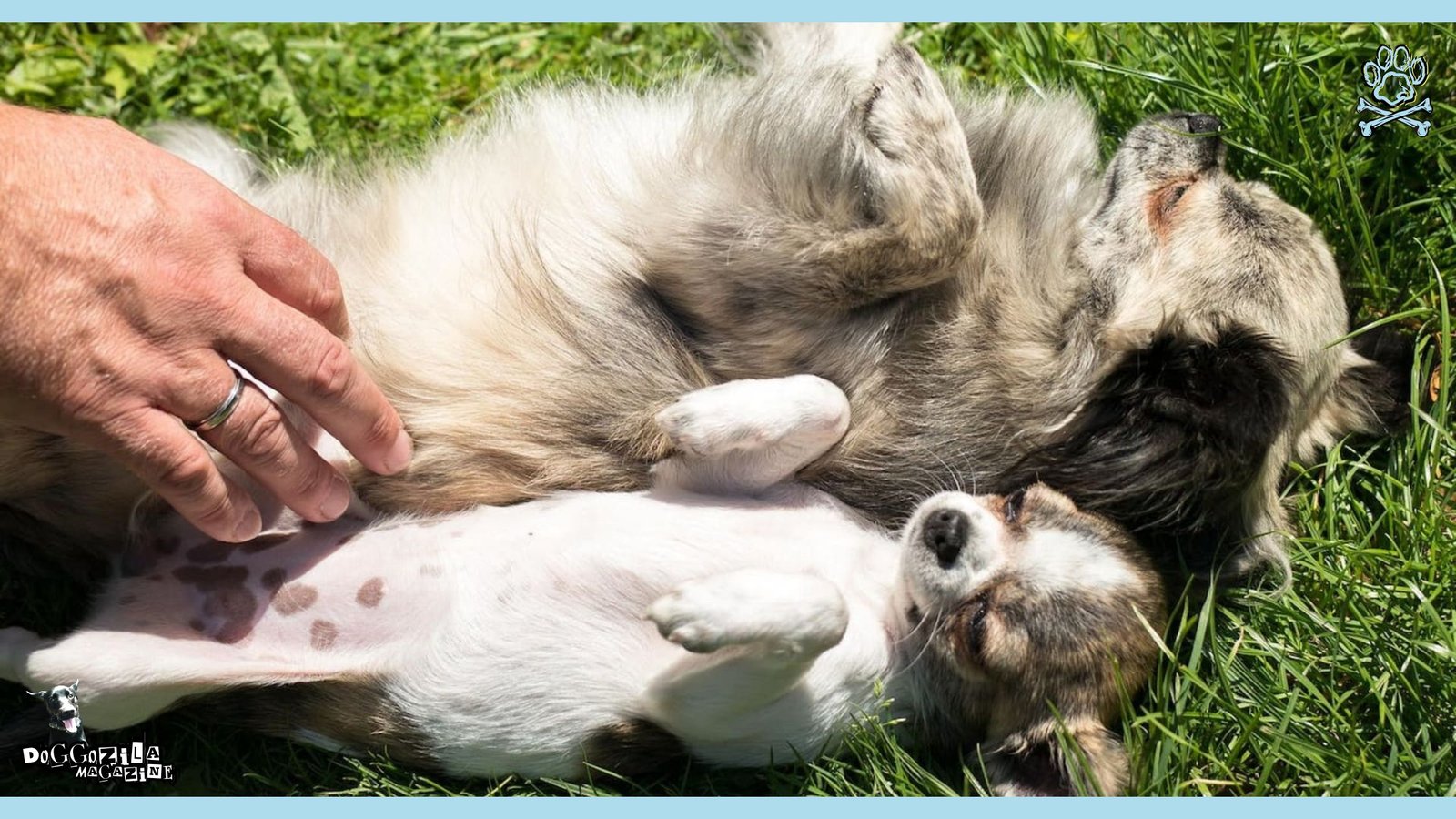
EXPLORE THE TICKLISH DOGS SENSITIVITY RANGE
As we have examined throughout this article, the phenomenon of ticklishness in dogs reveals much about their unique sensitivities and individual preferences. Understanding that each dog reacts differently to touch helps us appreciate the nuances in their behavior.
Pay Close Attention To Your Dog Body Language
Some dogs may find gentle tickling to be an enjoyable form of interaction. While others may experience discomfort or even stress. This variability emphasizes the need for pet owners to pay close attention to their canine companions’ body language and reactions during playtime.
When considering tickling as a form of engagement, it is crucial to determine what type of touch elicits positive responses from our dogs. Owners should prioritize fostering a positive relationship based on mutual respect and shared enjoyment.
Tickling can be a delightful way to bond with our pets, provided it is done in a manner that aligns with their comfort levels and social cues. If a dog shows signs of hesitation, stress, or annoyance, it is essential to modify our approach and seek alternative forms of interaction that align with their preferences.
Appreciating Each Dog’s Distinct Personality and Sensitivity
Establishing a healthy mix of play, affection, and boundaries can create a safe environment for dogs to express their likes and dislikes. By understanding the fine line between fun and frustration, we can cultivate enriching experiences that contribute positively to our dogs’ overall well-being.
Ultimately, appreciating each dog’s distinct personality and sensitivity towards touch not only enhances our relationship but also ensures that our interactions remain enjoyable for both parties. As we close this exploration into the ticklish truths of dogs, it is evident that our attentiveness can lead to a more fulfilling and happy companionship.
